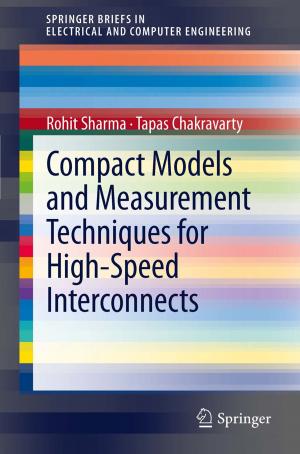Recent Advances and Future Directions in Causality, Prediction, and Specification Analysis
Essays in Honor of Halbert L. White Jr
Business & Finance, Economics, Theory of Economics, Nonfiction, Social & Cultural Studies, Political Science, Politics, Economic Policy| Author: | ISBN: | 9781461416531 | |
| Publisher: | Springer New York | Publication: | August 1, 2012 |
| Imprint: | Springer | Language: | English |
| Author: | |
| ISBN: | 9781461416531 |
| Publisher: | Springer New York |
| Publication: | August 1, 2012 |
| Imprint: | Springer |
| Language: | English |
This book is a collection of articles that present the most recent cutting edge results on specification and estimation of economic models written by a number of the world’s foremost leaders in the fields of theoretical and methodological econometrics. Recent advances in asymptotic approximation theory, including the use of higher order asymptotics for things like estimator bias correction, and the use of various expansion and other theoretical tools for the development of bootstrap techniques designed for implementation when carrying out inference are at the forefront of theoretical development in the field of econometrics. One important feature of these advances in the theory of econometrics is that they are being seamlessly and almost immediately incorporated into the “empirical toolbox” that applied practitioners use when actually constructing models using data, for the purposes of both prediction and policy analysis and the more theoretically targeted chapters in the book will discuss these developments. Turning now to empirical methodology, chapters on prediction methodology will focus on macroeconomic and financial applications, such as the construction of diffusion index models for forecasting with very large numbers of variables, and the construction of data samples that result in optimal predictive accuracy tests when comparing alternative prediction models. Chapters carefully outline how applied practitioners can correctly implement the latest theoretical refinements in model specification in order to “build” the best models using large-scale and traditional datasets, making the book of interest to a broad readership of economists from theoretical econometricians to applied economic practitioners.
This book is a collection of articles that present the most recent cutting edge results on specification and estimation of economic models written by a number of the world’s foremost leaders in the fields of theoretical and methodological econometrics. Recent advances in asymptotic approximation theory, including the use of higher order asymptotics for things like estimator bias correction, and the use of various expansion and other theoretical tools for the development of bootstrap techniques designed for implementation when carrying out inference are at the forefront of theoretical development in the field of econometrics. One important feature of these advances in the theory of econometrics is that they are being seamlessly and almost immediately incorporated into the “empirical toolbox” that applied practitioners use when actually constructing models using data, for the purposes of both prediction and policy analysis and the more theoretically targeted chapters in the book will discuss these developments. Turning now to empirical methodology, chapters on prediction methodology will focus on macroeconomic and financial applications, such as the construction of diffusion index models for forecasting with very large numbers of variables, and the construction of data samples that result in optimal predictive accuracy tests when comparing alternative prediction models. Chapters carefully outline how applied practitioners can correctly implement the latest theoretical refinements in model specification in order to “build” the best models using large-scale and traditional datasets, making the book of interest to a broad readership of economists from theoretical econometricians to applied economic practitioners.















